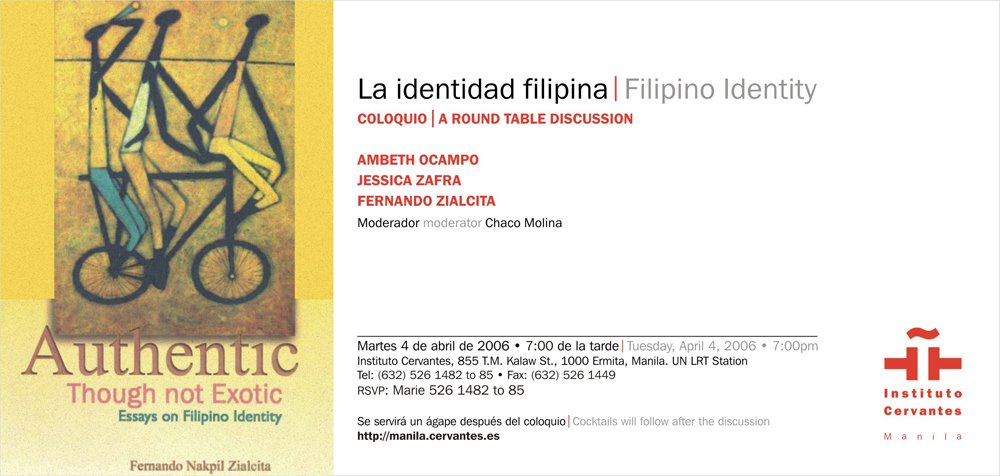Like all serial shows, Buffy relies upon the concept of sameness. Unlike most serials, it constantly calls this sameness into question, challenging its own programmed structure as a media vehicle that must obey certain popular themes—it may obey them, but not transparently, and not without visual and narrative resistance. Umberto Eco’s description of the serial as a constant narrative that gives the illusion of change, and within which “the secondary characters must give the impression that [their] new story is different from the preceding ones, while in fact the narrative scheme does not change" (Eco, Limits 86), is both applicable to and resisted by Buffy. Repetition gives a show emotional currency with its audience, for by rehashing the same scenarios, it “consoles us (the consumer), because it rewards our ability to foresee: we are happy because we discover our own ability to guess what will happen” (86). And in this sense Buffy conforms to Eco’s model, for every season presents us with the same core group of characters (Buffy, Willow and Xander) who are visited by alternating supporters (Anya, Oz, Riley) detractors (Adam, Glory, and most recently the First Evil) and ambivalent characters like Spike, who straddle the line between protagonist/antagonist in ways that continually disrupt the audience’s perceptions.I'm a movie and film geek. I'm also a regular school geek, but not like that. I mean it's one thing to enjoy watching Buffy and turn it into something more, uh, academic. But this almost convinces me about Barako Cafe's observation that the academe breeds bad writing. Here's more:
Extra-textual ramifications aside, it is Tara’s death that fragments Willow’s already-compromised identity beyond repair, causing her to become wholly subsumed and embodied by magic. At first her goal is simple—kill Warren, who is directly responsible for the shooting, and also his friends Jonathan and Andrew, who are guilty by association. But after her first kill—a gruesome act of disembodiment, in which Warren is actually flayed—Willow’s plans grow more abstract. While supposedly pursuing Andrew and Jonathan, she spends most of her time challenging and subverting her surrogate family—the Scoobies—by excavating their fears and undermining their accomplishments. (6019; 21; 22). Willow does not need magic to do this. Magic gives her the voice, the confidence, but it is through ordinary speech acts that she violates and tears down her friends. This psychic battle culminates in a physical one with Giles—whom she accuses of being "under the delusion that you [are] still relevant here"—wherein she brings him close to death, and extracts the magical power that he has ‘borrowed’ from a Coven; the power allegedly meant to contain her (Buffy 6022). This confrontation will ironically be recast as a teacher/student relationship in Lessons (7001), as Giles attempts to teach Willow focus and control over her power. The rhetoric that he employs, however, is merely a positive, slightly Gaian spin on what Willow has already enunciated: "I am the magic." Giles can never truly teach her what this ambivalent relationship means, how it must be maintained, or how it will transform her.And the paragraphs I cited are more or less "tame" and still easily understood. What more the real hardcore subject-position-the-other-
*Notice how I like using "!" a lot these days. Haha.




